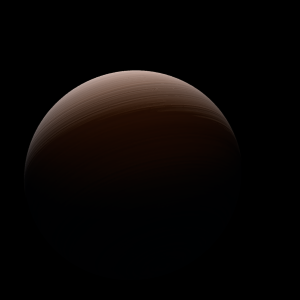|
|
Space Astro
|
Info for exoplanet "Kubamu Hyu"
| Scientific (actual) data |
|---|
| Planet | HAT-P-7 b |
| Planet status | Confirmed |
| Planet mass | 1.741 |
| Radius | 1.431 |
| Orbital period | 2.20474 |
| Semi major axis | 0.0379 |
| Orbit eccentricity | 0 |
| Inclination | 81.1 |
| Angular distance | 0.000118 |
| Discovered | 2008 |
| Updated | 2020-04-20 |
| Tzero tr | 2454730 |
| Impact parameter | 0.497 |
| Temperature (kelvin) | 2121 |
| Publication | Published in a refereed paper |
| Detection type | Primary Transit |
| Alternate names | Kepler-2 b |
| Molecules | Al2O3, CaTiO3, TiO2 |
| Star name | HAT-P-7 |
| Right ascension | 292.25° |
| Declination | 47.97° |
| Mag v | 10.5 |
| Star distance | 320 |
| Star metallicity | 0.13 |
| Star mass | 1.51 |
| Star radius | 2 |
| Star age | 2.07 |
| Star temperature | 6259 |
| Wikipedia article | HAT-P-7 b |
Back
| |
| Fictional info (?) |
|---|
| Suggested name | Kubamu Hyu |
| Planet type | Hot gas giant |
| This planet is named after the deity Kubamu Hyu, the messenger of dreams.
At this time it may appear as a bright star-like object, but is often far more difficult to observe than Ganyoo Gajagyo.
An observer on Kubamu Hyu would therefore see only one day every five years.
Kubamu Hyu is a hot gas giant and is sometimes called Earth's "sister planet" because of their similar size, mass, proximity to HAT-P-7, and bulk composition.
As one of the most prominent objects in the sky, Kubamu Hyu has been a major influence in native culture for as long as records have existed. Kubamu Hyu was one of the first planets to have its motions plotted across the sky - as early as the second millennium BC. |
| Atmosphere | CaTiO3, | 94% |
| TiO2 | 5.8% |
| Al2O3, | 0.047% |
| Atmospheric pressure | 6 bar |
 |
| No known satellites |
| Google search for Kubamu hyu |
|
Website by Joachim Michaelis
|
|
|
|